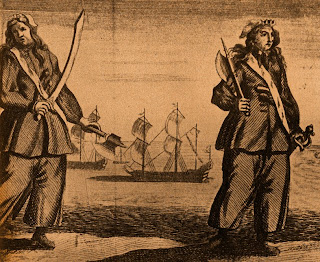
Wednesday, December 16, 2009
Saturday, December 12, 2009
Yultide Greetings

Friday, December 11, 2009
Goodbye Rory

Month’s Mind – The Torture and Death of an Iranian Doctor

Monday, December 07, 2009
Trucial Troubles – The Sheikhs are Sitting

Thursday, December 03, 2009
Imposense

Friday, November 27, 2009
The Peating of My Heart



Sunday, November 22, 2009
Executions – Gibbets, Guillotines and Henry Gillettes

Sunday, November 15, 2009
Teddy Bears’ Picnic



Thursday, November 12, 2009
Rihla (Journey 10): Australia – Nostalgia, Bitumen and Avoidance-Language
Rihla (The Journey) – was the short title of a 14th Century (1355) book written in Fez by the Islamic legal scholar Ibn Jazayy al-Kalbi of Granada who recorded and then transcribed the dictated travelogue of the Tangerian Ibn Battuta. The book’s full title was A Gift to Those who Contemplate the Wonders of Cities and the Marvels of Travelling and somehow the title of Ibn Jazayy's book captures the ethos of many of the city and country journeys I have been lucky to take in past years.
This rihla is about Wilpena Pound, Australia.


Saturday, November 07, 2009
Revolutions, Game Theory and the Bottom Line

Sunday, November 01, 2009
Rihla (Journey 9): Bahamas – Abaco Beyond and Bones
This one is about Abaco Island, Bahamas.


In the end I did not get to San Salvador or Eleuthera (another time if given half a chance) but did make it to Abaco where a friend of mine Peter Mantle has recently opened a fishing lodge dedicated to fly fishing, what are considered to be the best sports fish in the world, the bonefish.
Thursday, October 15, 2009
Rihla (Journey 8): Ani, Turkey – On My Mind
Rihla (The Journey) – was the short title of a 14th Century (1355) book written in Fez by the Islamic legal scholar Ibn Jazayy al-Kalbi of Granada who recorded and then transcribed the dictated travelogue of the Tangerian Ibn Battuta. The book’s full title was A Gift to Those who Contemplate the Wonders of Cities and the Marvels of Travelling and somehow the title of Ibn Jazayy's book captures the ethos of many of the city and country journeys I have been lucky to take in past years.
This one is about Ani, capital of old Armenian Kingdom, Eastern Turkey.


The incarceration, extermination and deportation (the systematic nature of which has been recognized as genocide by about twenty countries and the European Parliament) of somewhere between 500,000 and 750,000 people of Armenian ethnicity between 1915 and 1918 is a highly emotive issue for citizens of both countries and something that I first encountered when visiting Armenia in 2002. Whether walking up the main street in Yerevan towards the very stark and somber genocide monument or waking up each morning and staring south-west towards Mount Ararat knowing that you could not reach the mountain from within Armenia or talking to people for whom the genocide was a fact of life and that the lack of acknowledgement or apology by Turkey, for this stain on its modern history, rankled most.

And now the ‘modern’ State of Turkey, which has been absolved in the main of responsibility for their Ottoman predecessors’ genocide of the Armenians, has a ‘Kurdish’ separatist problem. The sins of the grandfathers have come back to haunt and in an equally moral and secret vacuum the ‘modern’ Turkish State has over the past 20 years tried to militarily and governmentally eradicate the 'Kurdish problem'.
Sunday, October 11, 2009
The Rhythm of Life and Sweet Vibrations


















